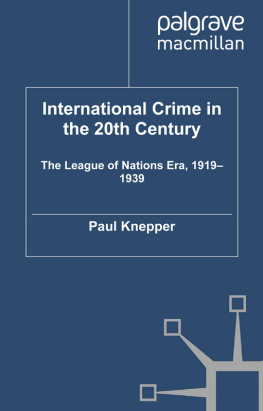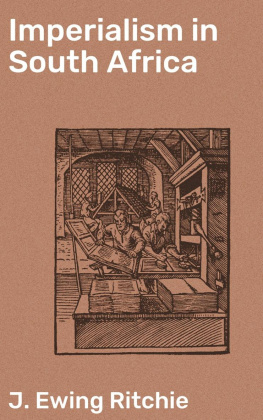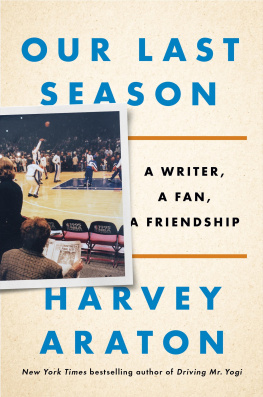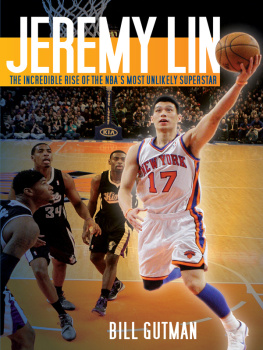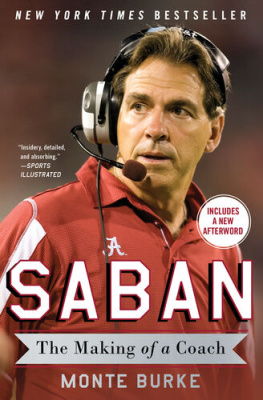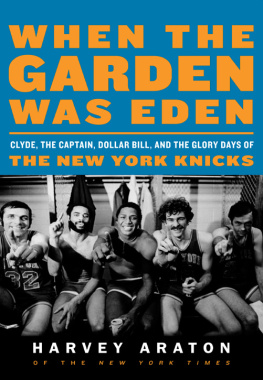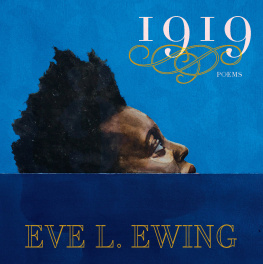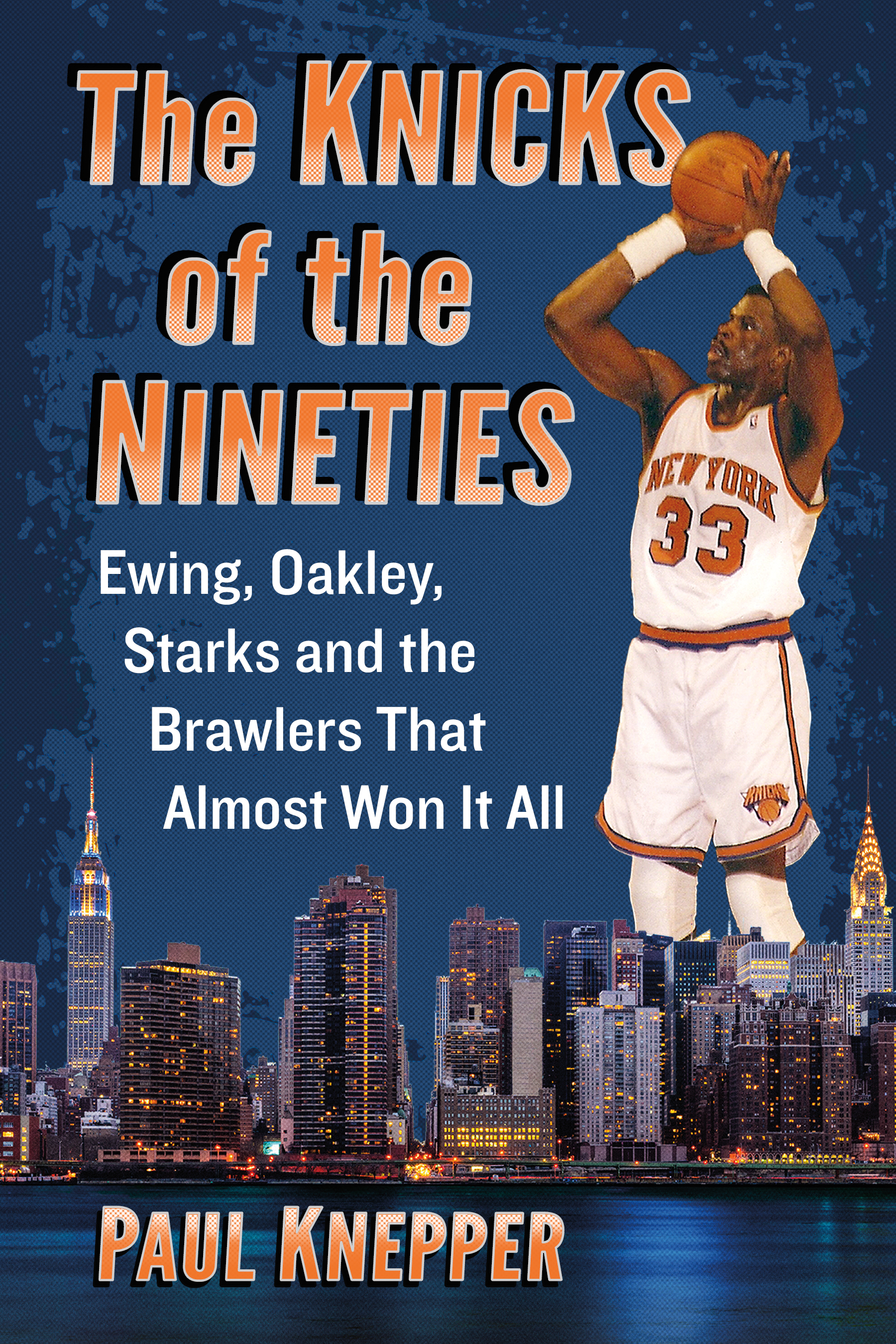Names: Knepper, Paul, 1977 author.
Title: The Knicks of the nineties : Ewing, Oakley, Starks and the brawlers that almost won it all / Paul Knepper.
Description: Jefferson, North Carolina : McFarland & Company, Inc., Publishers, 2020. | Includes bibliographical references and index.
Identifiers: LCCN 2020035781 | ISBN 9781476682815 (paperback : acid free paper) ISBN 9781476641164 (ebook)
Subjects: LCSH: New York Knickerbockers (Basketball team)History.
2020 Paul Knepper. All rights reserved
No part of this book may be reproduced or transmitted in any form or by any means, electronic or mechanical, including photocopying or recording, or by any information storage and retrieval system, without permission in writing from the publisher.
Front cover: Knicks center Patrick Ewing (Chris Johnson); New York skyline (Luciano Mortula/Shutterstock)
To the memory of my Bubby, Mae Adler, and to my wife, Stacey.
My Bubby was my biggest fan. Nobody would have been more proud of this book. I wish she were here to read it.
This book would not exist without the love, support, and patience of Stacey. I love her deeply and am eternally grateful for everything she does for our family.
Acknowledgments
My wife, Stacey, served as a valuable consultant and helped me manage the ups and downs of the writing process. I am so grateful to have her by my side.
It is not a coincidence that I formulated the idea for this book soon after my son, Brodie, was born. He is my greatest inspiration and brings immeasurable joy to my life.
I am extremely grateful to Martha Cantu for everything she does for my family. Thank you to my father for reading a draft of this book and taking me to Knicks games. I appreciate my mother, Gregg, Sam, Jordyn, Scarlett, Elle, Robbie, Elba and Margo for their love and support. I wish my father-in-law, Andy, were here to read this.
Thank you to my cousin Joe Brofsky for taking me to Knicks and Liberty games and sending me books for this project. I am fortunate to have several friends who took an interest in this book and encouraged me along the way, most notably Daniel Oliver. I would also like to thank Thomas Kremer for encouraging me to pursue writing.
I am deeply appreciative of every one of the sources I interviewed for this book. They include Rand Araskog, Harvey Araton, Stan Asofsky, Barbara Barker, Al Bianchi, Rolando Blackman, Anthony Bonner, Chris Brienza, Clifton Brown, Gerald Brown, Rick Brunson, Curtis Bunn, Dick Butera, Michael Carter, Jr., Bill Cartwright, Dave Checketts, Chris Childs, Doug Christie, John Cirillo, Jim Cleamons, Don Cronson, Terry Cummings, Dave DAlessandro, Ben Davis, Hubert Davis, Peter DeBusschere, Chris Dudley, Mario Elie, Paul Evans, David Falk, Scott Fiedler, Matt Fish, Corey Gaines, Lewis Geter, Ronnie Grandison, Ernie Grunfeld, Bob Gutkowski, Lori Hamamoto, Said Hamdan, Leonard Hamilton, Tim Hardaway, Derek Harper, Wade Houston, Jaren Jackson, Stanley Jaffe, Mike Jarvis, DeMarco Johnson, Bo Kimble, Travis Knight, Andrew Lang, Ian Mahoney, Brendan Malone, Stephen Masiello, Vernon Maxwell, Xavier McDaniel, Scott McGuire, Carlton McKinney, Charles Oakley, Will Perdue, Dave Robbins, Barry Rubinstein, Bob Salmi, Wimp Sanderson, Mike Saunders, Rik Smits, Barry Stanton, John Starks, David Steele, Sammie Steinlight, Spencer Stolpen, Erick Strickland, Mark Strickland, Tom Thibodeau, Kurt Thomas, Rod Thorn, Rudy Tomjanovich, Jeff Van Gundy, Stan Van Gundy, Peter Vecsey, Suzyn Waldman, Kenny Walker, John Wallace, Charlie Ward, Gerald Wilkins, Herb Williams, Mike Wise, Dave Wohl, Ronnie Zeidel, and those who prefer to remain anonymous.
I am grateful for my agent, John Rudolph, whose belief in me and this project propelled it forward, and my editor, Aaron Fischman. Thank you to Gary Mitchem and everybody at McFarland who brought this book to life. I also want to thank Adam Criblez and Mick Minas, two authors I have never met who were extremely generous in assisting me with several aspects of this book.
Lastly, I would like to thank the 1990s Knicks for providing me with endless hours of suspense, joy, hope, and heartache. I hope The Knicks of the Nineties does them justice.
Introduction
Basketball is the city game. From the blacktops of Harlem to the Worlds Most Famous Arena, the games beats and rhythms embody the hustle and bustle, ingenuity and artistry of New York City. You cannot walk more than a mile in Manhattan without seeing a basketball court.
The New York Knicks have the ability to inspire and unite the city as no other team can. New Yorkers are divided between the Giants and Jets in football, and the Yankees were forced to contend with the Giants and Dodgers, followed by the Mets. Prior to the Nets moving to Brooklyn in 2012, the Knicks had the five boroughs to themselves for generations.
Suzyn Waldman, the radio voice of the New York Yankees who once covered the Yankees and Knicks for WFAN radio, recalls, When I was growing up in Boston, the Celtics always won, but the soul of that town was the Red Sox. And when I got here and started covering the Knicks in 87, I saw the reverse. Waldman added, Not that they didnt love the Yankees. They always did. But the soul was Knicks basketball.
When the Knicks are playing well, orange and blue is splashed across the back pages of the local newspapers and strangers on a train bond over the teams latest victory. Barbara Barker of Newsday recalls her introduction to New Yorkers passion for basketball shortly after moving to the city in the early 1990s: Im looking down Second Avenue. Im coming down from a party or something. This is before you had a phone and everybody could watch TV. Theres this basically homeless dude who rigged up this television and plugged it into a light pole. And its the Knicks and its a regular season game and theres like 10 people standing all around. The homeless guy, me and my date.
Unfortunately, Knicks fans have endured nearly two decades of ineptitude from their favorite team, featuring a litany of hirings and firings, ill-advised acquisitions, and far too many losing seasons. Yet the fan base has maintained a sense of optimism that belies the results on the court. It is a hope steeped in the past, based on memories and tales of better days.
When the media reflects on the glory days of the Knicks, they typically hark back to the great teams of the early 1970s. Countless books have been written about Walt Clyde Frazier, Willis Reed, Dave DeBusschere, and Bill Bradley. Those teams operated in harmony like a jazz quintet, seamlessly weaving their bodies and the ball around the court on their way to winning championships in 1970 and 1973.


